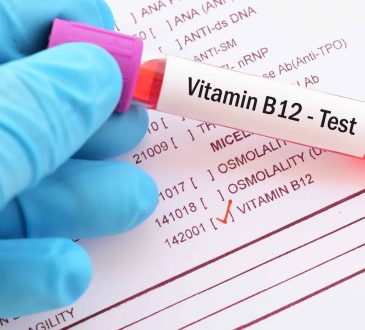
While just about every pregnant woman undergoes morning sickness, hyperemesis takes getting sick to the next level. Intense cases of morning sickness, as seen in almost 3 percent of pregnant women, are known as hyperemesis gravidarum. In general, the cases of morning sickness fade around the end of the first trimester. However, hyperemesis can stick around for far longer and is worst around weeks 9 to 13. The vomiting episodes are much more frequent during this time, and may warrant hospitalization at Dow University Hospital, or your local clinic.
What is the impact of Hyperemesis gravidarum?
According to the Hyperemesis Education & Research Foundation (HER), the psychological and social impact of HG on mothers is huge. In fact, about 82.8 percent of women reported negative psychosocial changes in their life due to HG, ranging from difficulties or even loss of job, fear of future pregnancies, depression, anxiety, and increased incidence of postpartum depression.
Additionally, the risk of negative fetal outcomes also rises consequently. In women with severe symptoms, the risk is higher when there is failure to gain weight for two consecutive trimesters. HG has a high rate of fetal loss—34 percent and a higher incidence of early delivery of the baby. Other fetal complications include the risk of congenital heart disease, undescended testicles, hip dysplasia, perinatal death, integumentary abnormalities, and behavioral disorders.
What are the treatment options of hyperemesis gravidarum?
The treatment of HG is based on the severity of symptoms. The healthcare provider may recommend a mix of natural methods, with some lifestyle modification and mild medication to deal with the symptoms. Vitamin B-6 and ginger help settle the stomach; ginger is a natural prokinetic and is good for general health. Taking about 1 to 1.5 grams of ginger every day in several small doses is helpful. It may be consumed in the form of teas, supplements or lollipops.
Instead of big meals, eating in smaller quantities but higher frequency keeps the energy up and helps settle nausea. If hot food triggers nausea, then try cold food or vice versa. Your healthcare provider may shift you to sports drinks for electrolyte replacement, and add nutritional supplements.
Staying hydrated is essential in HG as dehydration is the biggest danger. Like the meals, drink the smaller amount of drinks, but drink more often. If it helps, use a straw.
Pregnant women with severe HG who are unable to eat or drink may need intravenous fluids for maintaining their fluid balance. Once the pregnant woman is able to eat and drink orally, she can be taken off the IV.
The most severe cases require hospitalization and TPN. TPN or total parenteral nutrition is when the mother is given a balanced solution of nutritive components intravenously through a PICC line. TPN usually requires ongoing hospitalization, however, you can also choose to get help from home nurses.
There are also drugs available for the symptomatic management of nausea, which is safe for the baby as well. These are administered when nausea does not settle at all and the consequences of dehydration and vomiting take a toll on the mother. These medicines can be given through a suppository or through an IV line at Combined Military Hospital(CMH) or a clinic. Drugs used include promethazine, droperidol, and meclizine.
For more articles visit this website





